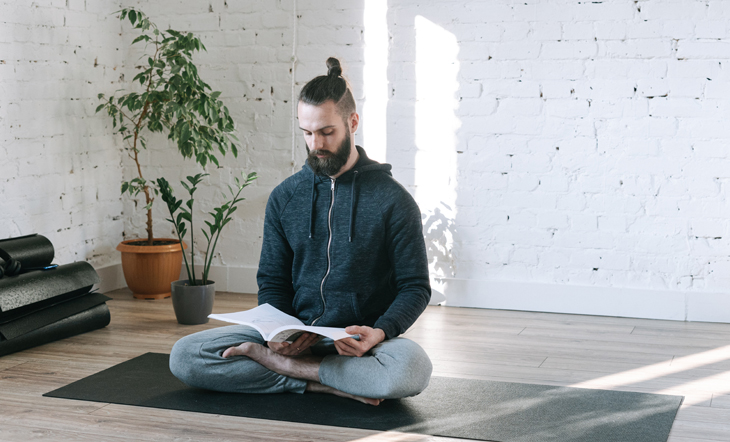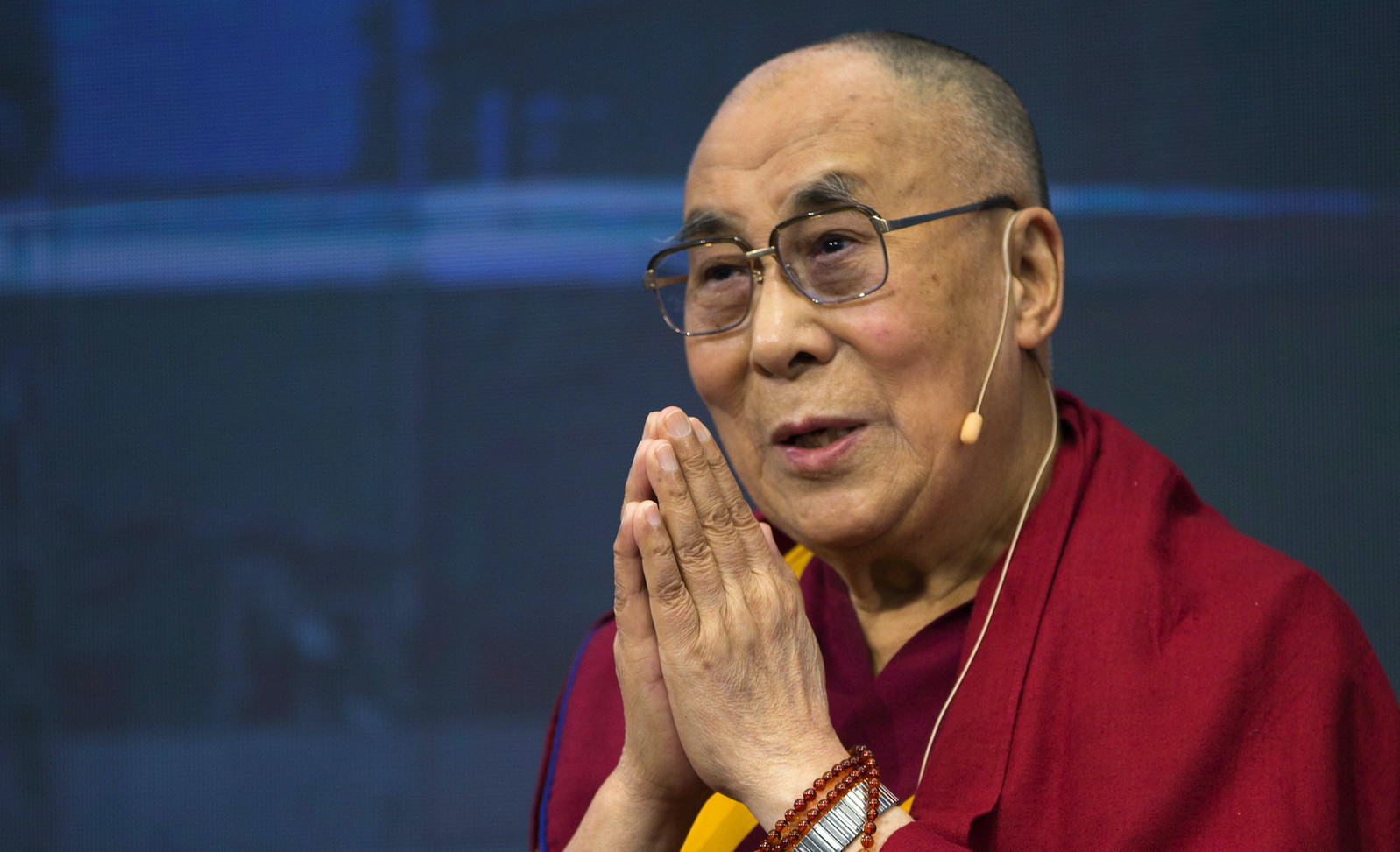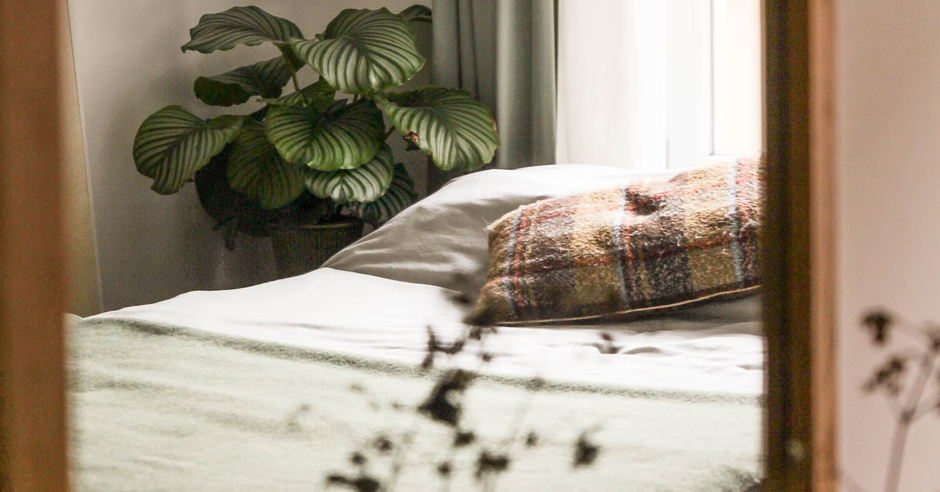Top Yoga Poses for Kids & Toddlers: A Guide to Kid’s Yoga Poses
If you’re reading this, you know that yoga isn’t just for adults—it is great for kids, too! Introducing yoga to children and toddlers helps them build flexibility, strength, and balance while also boosting their focus and relaxation. At Flow...

If you’re reading this, you know that yoga isn’t just for adults—it is great for kids, too! Introducing yoga to children and toddlers helps them build flexibility, strength, and balance while also boosting their focus and relaxation. At Flow and Grow Kids Yoga, we’re excited to make yoga fun and engaging for young ones. In this guide, we’ll look at some of the best beginneryoga poses for kids and toddlers and offer helpful tips for teaching them yoga.
Why Yoga for Kids?
Yoga has many benefits for children. It helps improve physical health by boosting strength, flexibility, and coordination. Plus, it supports emotional well-being by helping kids manage stress and build self-awareness. Adding yoga to your child’s routine not only keeps them fit but also teaches them important skills like mindfulness and relaxation. Yoga is a great offering to provide character building that stems from yoga philosophy that can be skillfully taught as play in story telling and poses! Let’s dive deeper into some popular kdis yoga poses.
Best First Yoga Poses for Kids and Toddlers
When starting yoga with kids , it’s important to choose poses that are simple, safe, and fun. Here are some of the best first yoga poses for kids and toddlers that can help lay a solid foundation for their practice:
1.Tree Pose
How to Do It: Stand on one leg, placing the sole of the other foot on the inner thigh or calf of the standing leg. Bring the hands together at the chest or stretch them overhead like branches.

Why It’s Great: Thetree yoga pose helps with balance and concentration. It’s also a fun way for kids to imagine themselves as tall, strong trees. Encourage them to use their imagination and pretend they’re swaying gently in the breeze.
2. Cat-Cow Pose
How to Do It: Start on all fours with the wrists under the shoulders and knees under the hips. Inhale as you arch your back (cow pose) and exhale as you round it (cat pose).
Why It’s Great: Thiscat cow yoga pose is excellent for warming up the spine and teaching kids the concept of moving with their breath. It also feels like a fun game as they can pretend to be a cat and a cow!
3. Downward-Facing Dog
How to Do It: Begin on all fours, then lift the hips up and back, straightening the legs and forming an inverted V shape with the body.
Why It’s Great: Thisdownward dog pose stretches the whole body and strengthens the arms and legs. Kids love to pretend they’re dogs stretching after a nap, making it a playful and engaging pose.
Get amazing Kids Yoga Cards and Lesson Plans under $15!

4. Child’s Pose
How to Do It: Kneel on the floor, sit back on the heels, and then stretch the arms forward while resting the forehead on the ground.
Why It’s Great: Thischild pose yoga is a gentle way for kids to rest and relax. It provides a moment of calm and helps them understand the concept of mindfulness in yoga.

5. Mountain Pose
How to Do It: Stand tall with feet together, arms by the sides, and weight evenly distributed. Imagine growing taller with each breath.
Why It’s Great: Mountain yoga pose is fundamental for teaching kids proper posture and alignment. It’s a grounding pose that helps them focus and feel strong and stable.
Get the comprehensive kids yoga pose manual

Essential Tips for Teaching Kids Yoga
Teachingbaby yoga can be a wonderful bonding experience and an excellent way to introduce yoga to your child. Here are some essential tips to make the experience enjoyable and effective:
1. Keep It Short and Sweet
Young children have short attention spans, so keep yoga sessions brief—around 10 to 15 minutes. Focus on a few poses and include plenty of play and interaction.
2. Use Fun Imagery
Children respond well to imaginative play. Use stories and imagery to make poses more engaging. For example, describe the Tree Pose as standing tall like a tree or the Downward Dog as a dog stretching after a nap.
3. Be Patient and Flexible
Kids may not always get the poses perfect, and that’s okay. Focus on making the practice fun and playful. Be prepared to adapt poses to suit their developmental stage and interests.
4. Incorporate Breathing Techniques
Introduce simple breathing exercises by using fun visuals, like blowing up a balloon or pretending to smell a flower. This helps kids understand how to control their breath and stay calm.
5. Use Props
Props like colourful mats, yoga blocks, or stuffed animals can make the practice more engaging for toddlers. Props can also help with balance and coordination.
6. Lead by Example
Children learn by watching, so practising yoga with your child can be very effective. Demonstrate poses and breathing techniques, and encourage them to follow along.
7. Create a Routine
Establish a regular yoga routine to help your child become familiar with the practice. This could be a daily or weekly session that becomes a fun and expected part of their schedule.
8. Encourage Creativity
Allow children to explore and create their own poses. This encourages creativity and makes the practice more personal and enjoyable for them.
Conclusion
yoga to kids and toddlers is a great way to support their physical and emotional growth. By starting with simple, fun yoga poses and incorporating playful techniques, you can make the experience enjoyable for your child. Keep sessions short and engaging, and lead by example to encourage them. For more tips and resources on yoga for kids, check outFlow and Grow Kids Yoga and help make yoga a joyful part of your child’s routine.

 KickT
KickT 






























